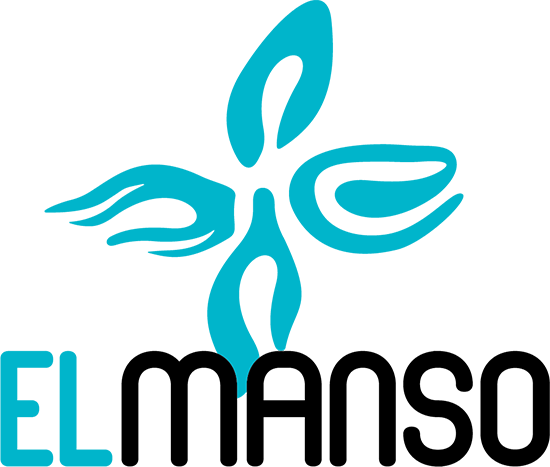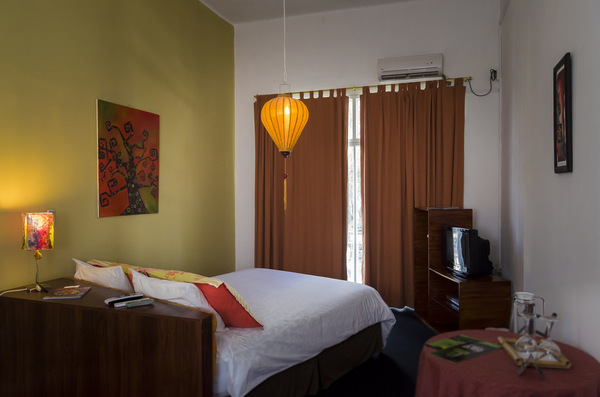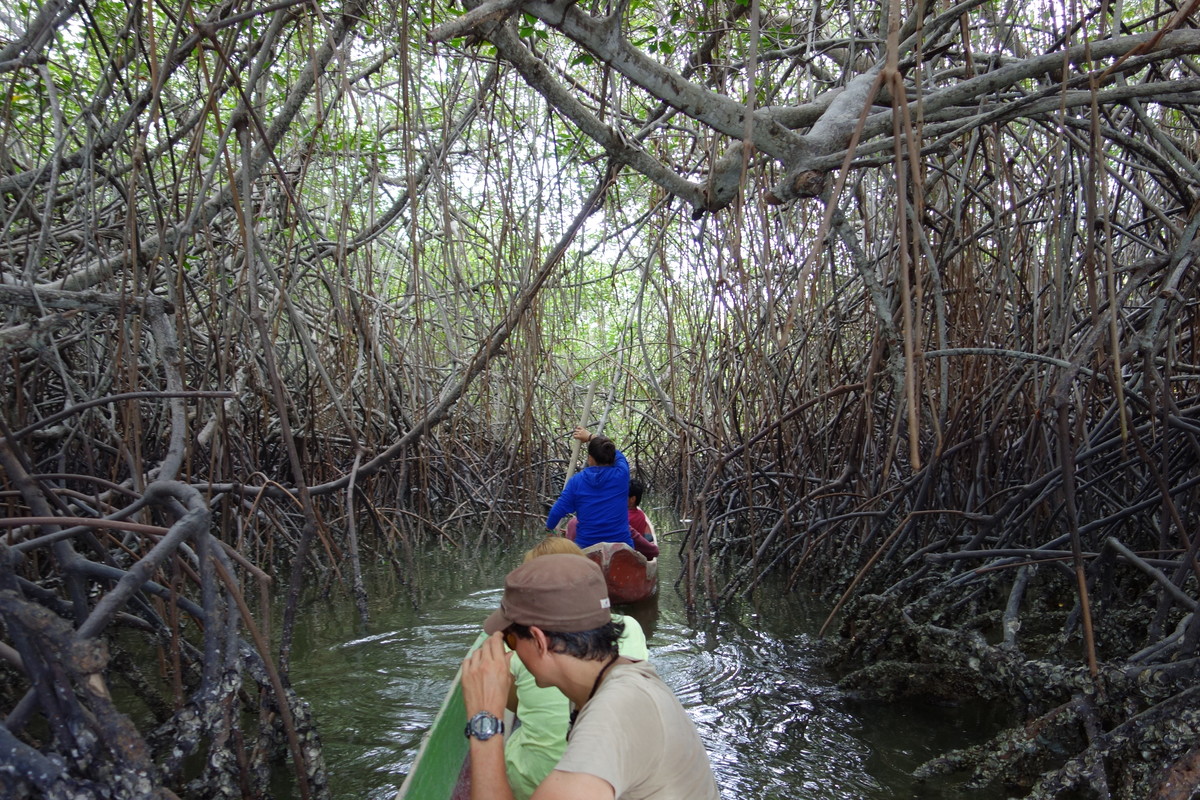
01 – The Gulf of Guayaquil
1 day trip: between $ 35 and $ 70 per person. All tours include transportation from the Manso, all meals, guided tours, canoe trips to rowing and lodging in family homes. Contact in Guayaquil: El Manso,https://www.manso.ec/cerrito
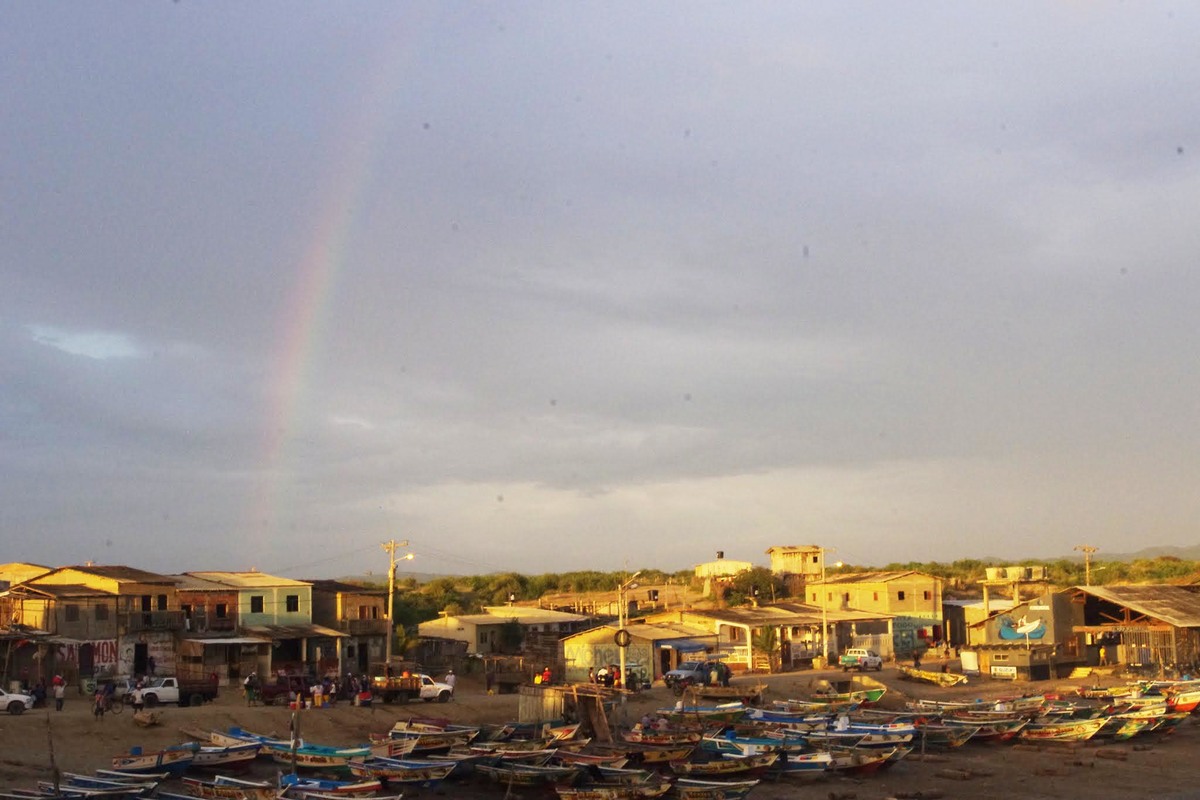
02 – Puerto Engabao
How to get there: Puerto Engabao is located 20 minutes from General Villamil Playas. Price $ 8 per person / night in family homes. The food dishes range from $ 4 to $ 8. Contact Elvia Eugenio Santana, hospedería El Delfin (08) 506-7361; Julio Villón, Costamar hostel (09) 177-1929

03 – Puná Island
How to get there: Access to Puná is through Posorja (1:30 from Guayaquil by private car and 2:15 by bus). In Posorja the comuneros have a transport service that takes approximately 40 minutes to get to the island.
Cauchiche Prices: $ 25 per cabin / day (2 people) includes all three meals. Contact: Obdulia Anastacio 098 579 0949.
High rise. Prices: $ 12 per person, Breakfast $ 4; Lunch and snack $ 5 each. Contact: Hugo Coronel, 0991564562.
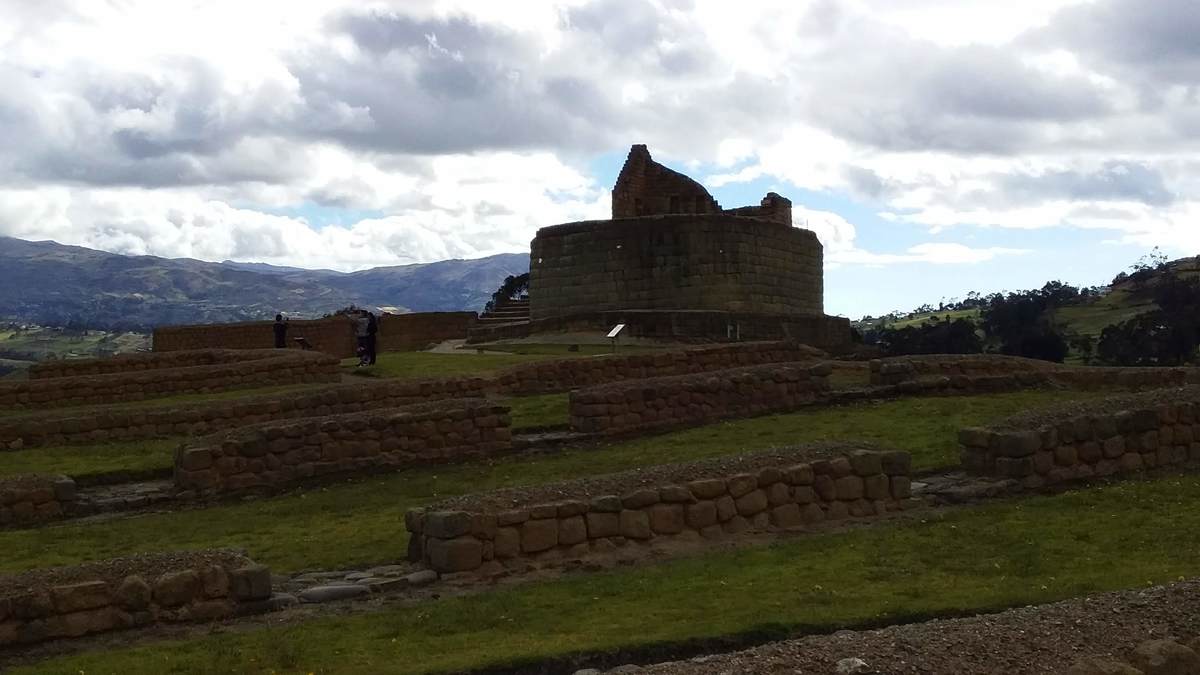
04 – Ingapirca and Cañar
How to get there: from Guayaqui by private car, the distance to El Tambo is 3 hours. By bus the time can be extended to 4. Information: Manuel Saeteros is an excellent guide, who understands in depth the American ancestral worldview and who knows how to communicate. +593 9 9521-5745, mannysaeteros@hotmail.com
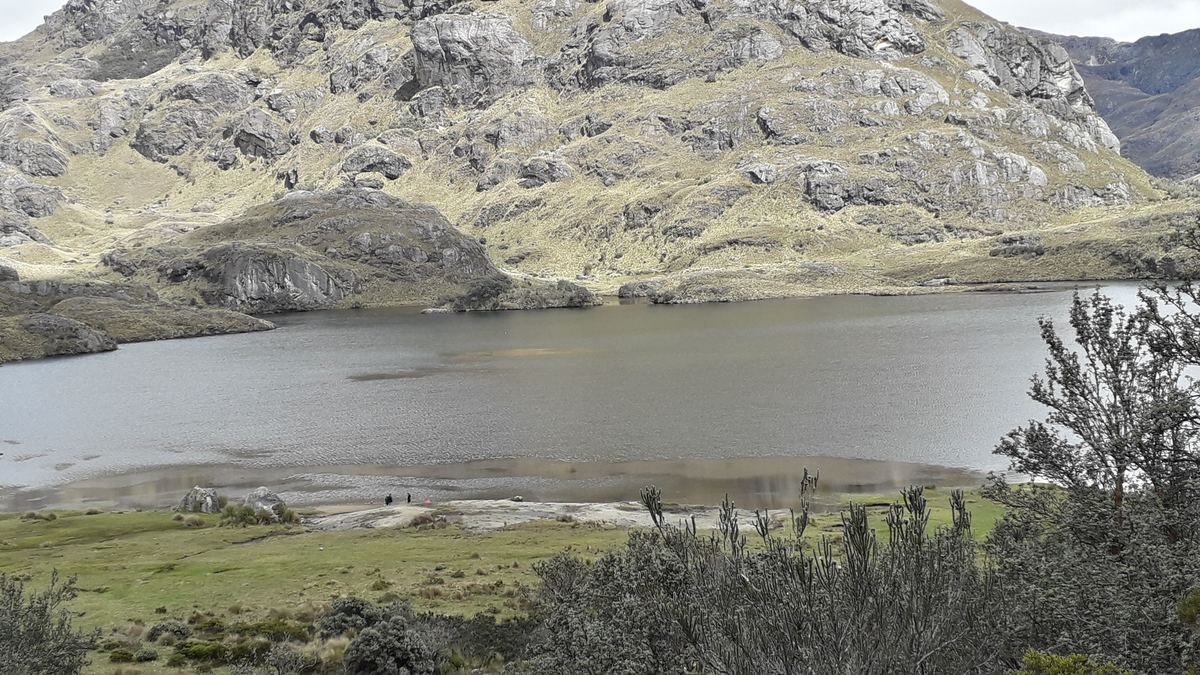
05 – El Cajas
Like Ingapirca, El Cajas is not an attraction that is normally visited from Guayaquil. However, if the departure is early, there is enough time to take a walk and appreciate the surreal landscapes of this protected area. The Cajas is a wetland located at 4,000 meters high, with thousands of lagoons, monumental rocks and landscapes from another planet.
How to get there: By private car, the distance from Guayaquil is 2 hours. By bus, the journey can take up to 3 hours. In the land terminal of Guayaquil, look for the lines that go to Cuenca. Not all bus lines are enabled to stop on the road, so it is important to confirm before leaving that you are taking a line that will stop, otherwise you will end up in Cuenca. Western is a line that can regularly stop along the way. The refuge and restaurant located next to the La Toreadora lagoon has some self-guided trails that allow the experience without the obligation to hire a guide. The site is located a few meters from the main road. Note of Caution: for being at 4000 meters of height, it is possible that in some people the acclimatization is more complex than in others. Before undertaking any physical activity in El Cajas, it is advisable to check that the body has adapted to the height, and in case of headaches or hyperventilation, suspend any activity immediately.
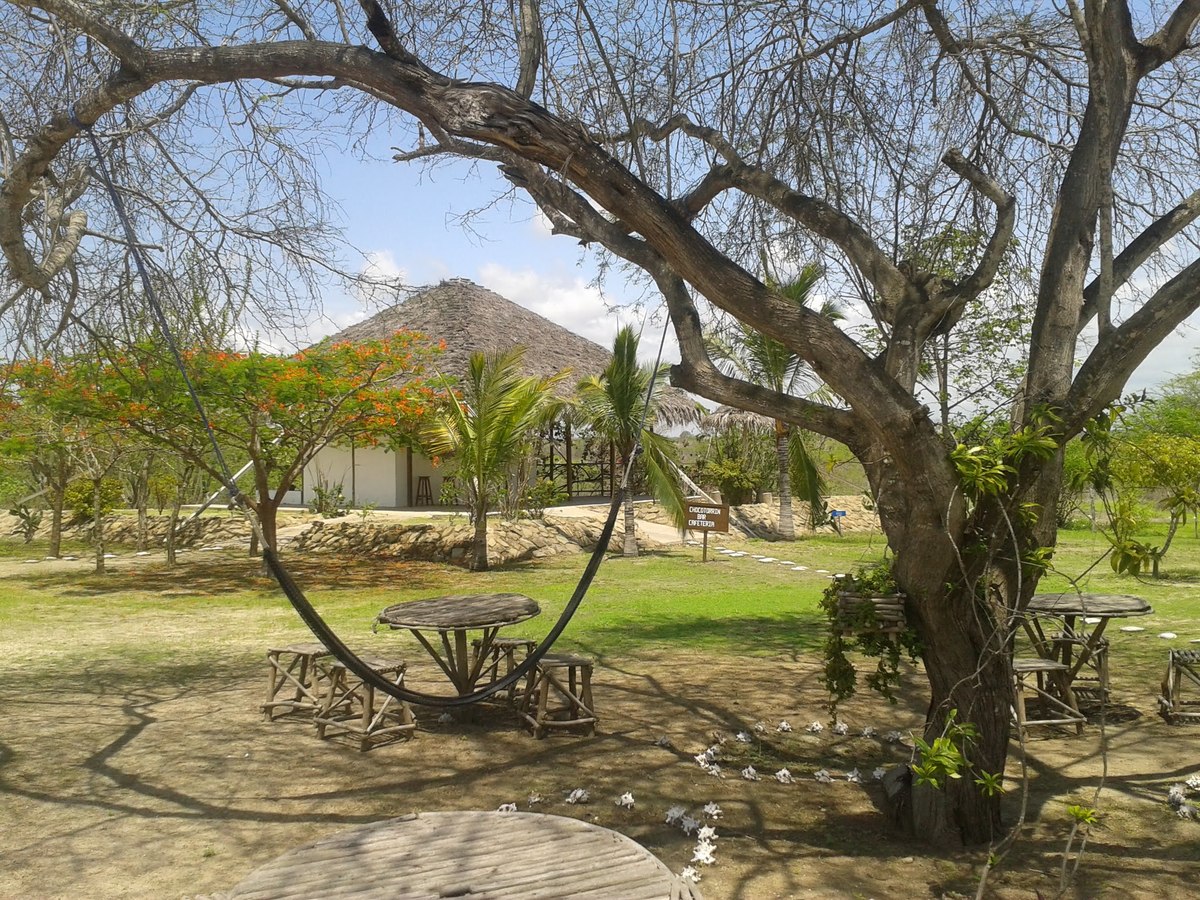
06 – Real Alto & San Vicente
Real Alto is a site museum located in an archaeological site of the same name, famous for the found findings of the Valdivia culture. This is one of the oldest settlements in the American continent; the site was a city with between 80 and 100 elliptical houses. The museum somehow breaks with the mold of conventional museums, as it merrily fuses contemporary cultural elements of the inhabitants of the peninsula of Santa Elena, and relates them to the customs of their ancestors.
How to get there: from Guayaquil the site is located two hours away. In the bus terminal of Guayaquil, take a bus to Chanduy. More information:
http://www.complejoculturalrealalto.org
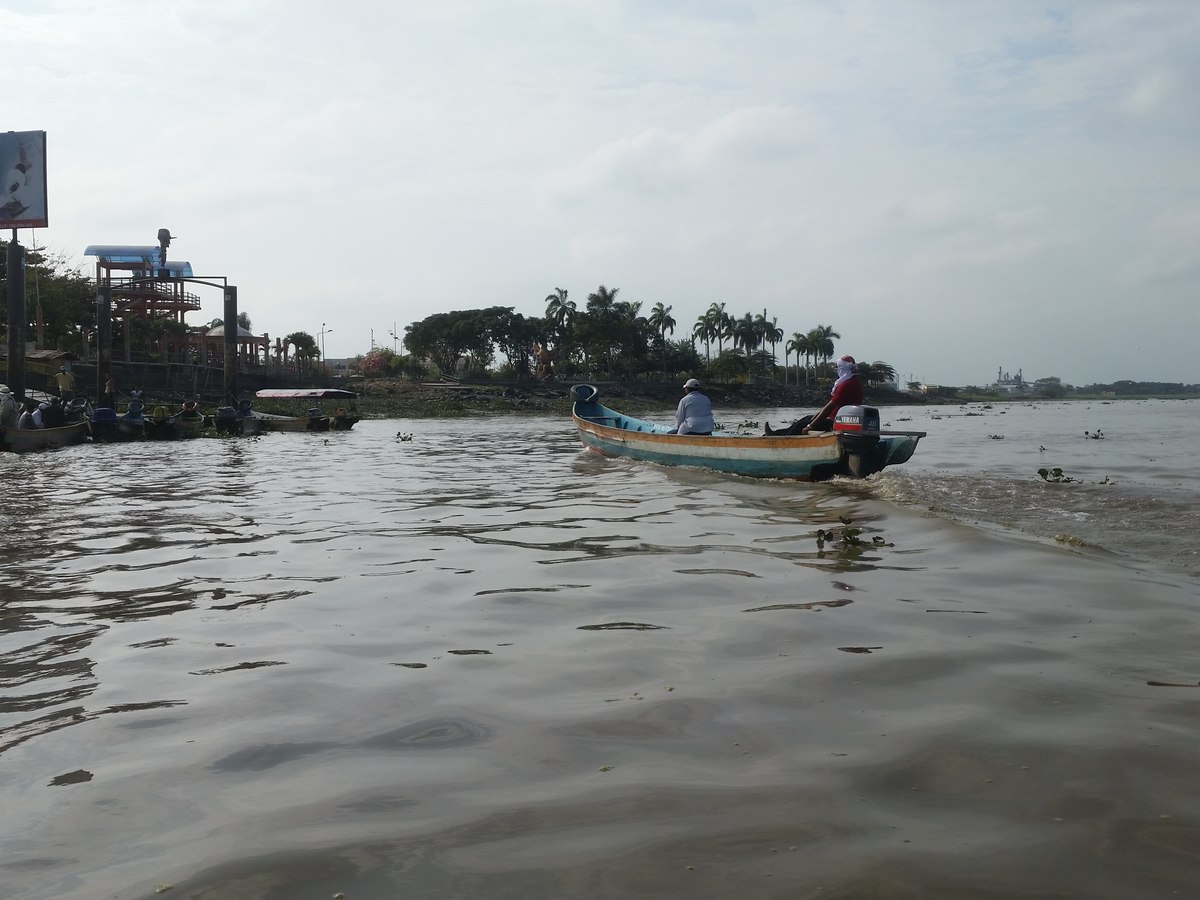
07 – Samborondón parish and the Babahoyo river
Samborondón is usually identified in Guayaquil as the area that gathers the wealthiest houses in the city. But the cantonal head is a quiet and beautiful town located on the banks of the Babahoyo River. From there you can take a boat on the pier to tour the Babahoyo River. If you need to go far, in front of Samborondón there are enclosures without vehicular access with fine dirt roads, numerous palm trees and immeasurable leafy trees of native flora, friendly people and chickens eating corn on the floor.
How to get there: From the Guayaquil land terminal or bus stops to the Samborondón road, the Santa Ana pass every 15 minutes. Cost $ 2. In Samborondón walk to the jetty. There are no established rates for boats, but I paid $ 8 for a 30-minute ride along the Babahoyo River with Don Mayo, +593 9 8099-4113. It is not necessary to book in advance.
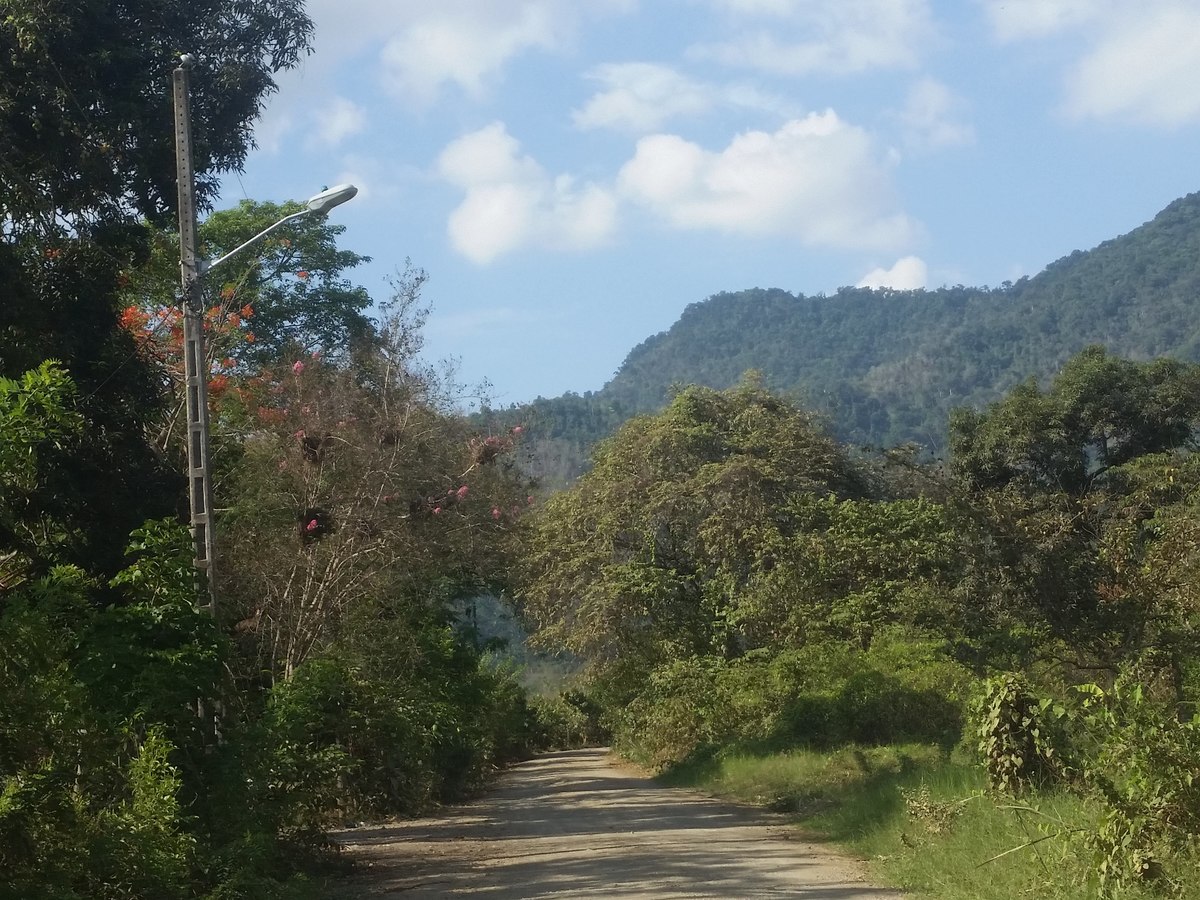
08 – Churute
Who visits Churute has access to perform the following activities:
In the administrative area there are facilities for camping or cabins to stay; picnic area.
The trails and routes of more than 1 kilometer require the assistance of a guide and are:
Laguna El Canclón. It runs 1 kilometer from the administrative area to the El Canclón lagoon, observing the flora and native fauna species, as well as the landscape that the lagoon presents.
The flora. It runs 300 meters from Puerto La Flora to the pier, inside a beautiful mangrove forest, with crabs and birds from the banks of the water channel. It is a route of low difficulty that joins the interpretation booth with a pier, from where you can make boat trips.
The looker. There are 600 meters of route in which you can see the Churute hills, the El Canclón lagoon and the agricultural activities of the El Mirador site, from a height of 70 meters.
Howlers. You travel 1.4 kilometers through the tropical dry forest and you can see monkeys and birds of the area. The route is medium level.
The Mate. It is a 2.6 km route and of medium difficulty. It goes from the dry forest to the cloudy, reaching a height of 340 meters. During the journey you can observe several species of birds and even squirrels and howler monkeys.
Route in the estuary of the Churute River.It is a trip of three hours by river; part of Puerto La Flora and reaches the island of Las Garzas, crossing the mangrove forest, several small islands and observing waterfowl.
Route to the Ulpiano river. It is a one hour tour in which you can see a lot of birds, different species of mangrove and artisanal fishing activities.
Che,I have these internet contacts, put someone to try the numbers and give us average prices: 0939769115
If you do not call the offices of the Provincial Department of the Environment – (04) 232-0391.

09 – Bucay and the Hacienda Campamento
Bucay is the highest canton in the province of Guayas. Bucay marks the beginning of the Andes mountain range, and has several holiday farms with services that include food and activities in the forest.
An attraction that deserves to be highlighted in the area is the Hacienda Campamento. It was one of the assets seized in the 1999 banking holiday. Its workers occupied this hacienda of 540 hectares, until in 2012 the government of Rafael Correa handed over the deeds to the 90 occupant families. The Ministry of agriculture tried to impose an industrial agricultural model. But the vision of conservation of some of the members of the cooperative, managed to confront the government and make prevail its vision of an organic agriculture, which respected the biodiversity of the place, family and peasant.
Campamento is a model of sustainable agriculture, with a diverse production, and therefore propitious to preserve soil fertility. It maintains natural attractions such as access to the San Antonio River. And productive activities such as cocoa harvesting and chocolate production. The place has a beautiful artificial lagoon.
They do not have a structured tourist product; it is in his plans to do it, but until so much it is possible to be contacted to the president of the association to request permission to visit the property.
How to get there: The land access is located on the Milagro-Bucay route, 10 min. Of Bucay. Contact: Elson Gavilanes Whatsapp +593 98 282 9938.
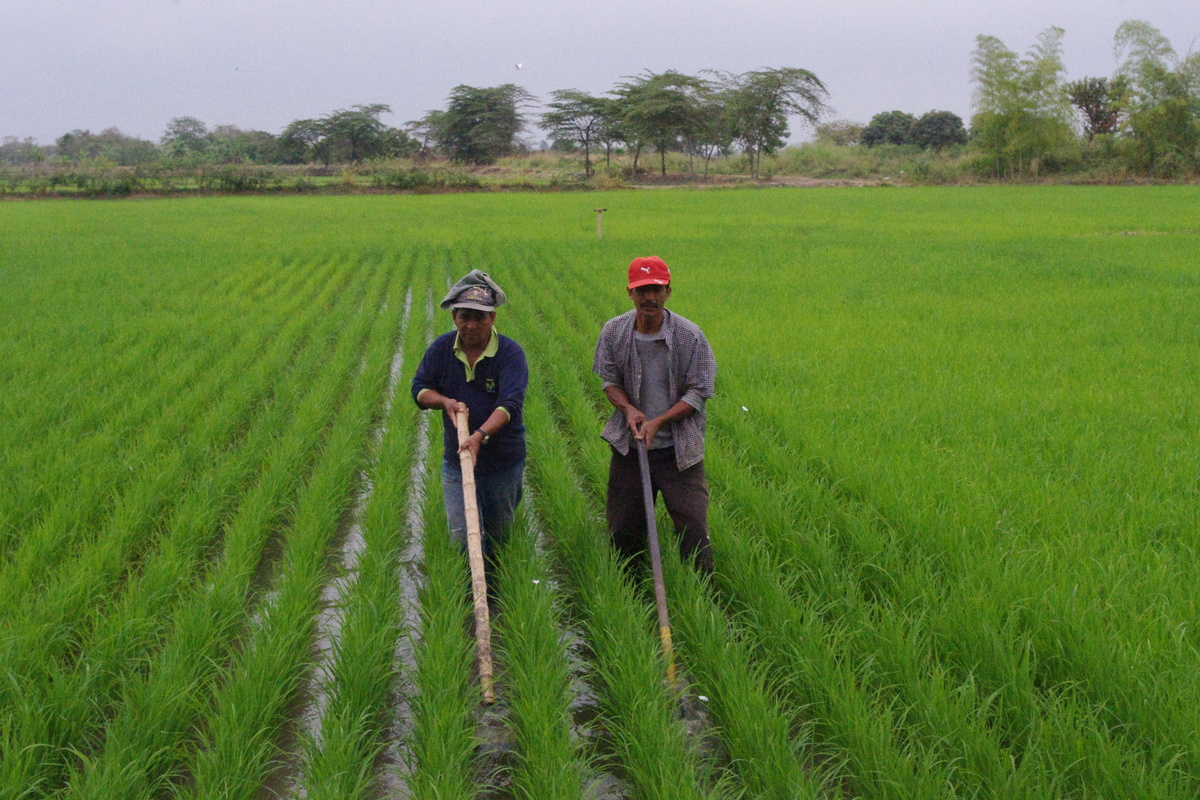
10 – Nobol and the Daule River
The German researcher who visited Ecuador at the beginning of the 19th century, Alexander Von Humboldt, described the Daule River as one of the most beautiful in the country. The Daule River meets the Babahoyo right in Guayaquil and forms the mighty Rio Guayas. Going up from Guayaquil through the Daule River upstream is a beautiful walk, possibly not of the caliber experienced by Humboldt, due to the environmental deterioration that the country has suffered in recent decades. But it is a trip that promises unprecedented landscapes and views of the area even for the inhabitants of Guayaquil, who have considered this an interesting area to visit.
Nobol is a canton of Guayas located 38 km from the city. The site is famous for its fried street and Narcissa, a case recognized by the Vatican for the preservation of the body of Narcisa de Jesús Martillo Morán.
For those interested in ecology, Nobol operates a farm that produces agro-ecological rice. Its founder, Mr. Leonardo Mejía, won the prize for the innovative peasant of the Heifer Foundation in 2015, for having designed a system to protect rice from the snail’s plague. Leonardo receives visitors and shares their tools designed by him to get an integral or refined rice of maximum quality and organic.
Walk along the Daule River, visit to Nobol, lunch, $ 40 per person, $ 15 children up to 12 years old. Expeditions Ecuador, 09 9950-1724aventurasecuador@hotmail.com https://chivasacuaticas.blogspot.com/ Visit to Leonardo Mejía, includes explanation about his techniques for the cultivation of organic rice, lunch, transportation to and from Guayaquil. Contact: Whatsapp 0999483051.
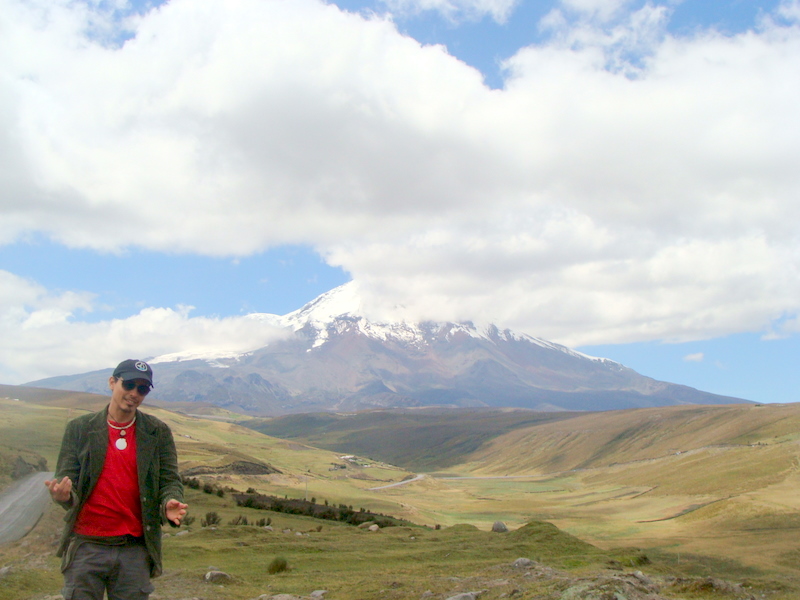
About the autor
Ricardo Cevallos is a travel writer specialized in sustainable development and founder of Manso, a hotel venture in Guayaquil that is committed to tourism as a powerful agent of change.
